In recent years, artificial intelligence (AI) has become a part of our everyday lives, from recommendation algorithms on social media to voice assistants on our phones. One area of AI that has caught much attention is conversational AI, and ChatGPT is at the forefront of this technology. Developed by OpenAI, ChatGPT is an advanced language model that can have conversations, answer questions, and even assist with tasks like writing or problem-solving. In this guide, we’ll explore what ChatGPT is, how it works, and what you can do with it, all in simple terms for those new to AI.
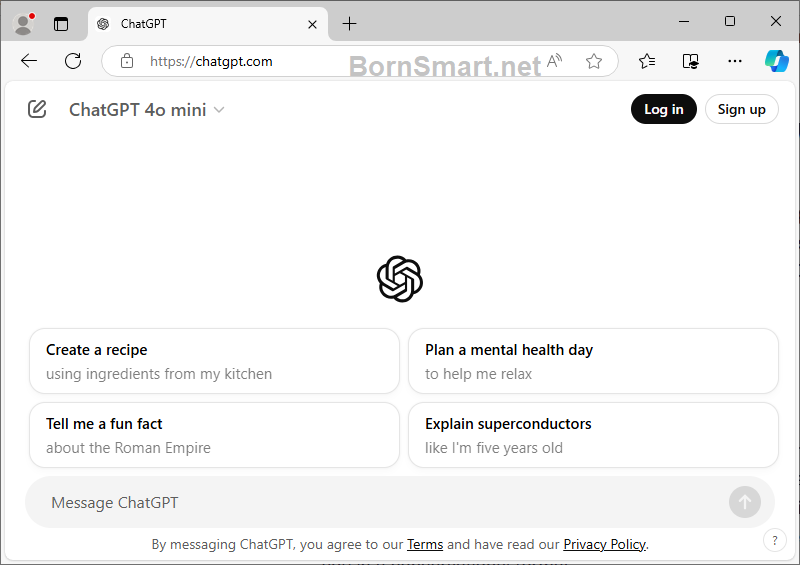
1. What is ChatGPT?
ChatGPT is a chatbot powered by a specific kind of AI model known as a “language model.” This model is designed to understand and generate human-like text based on the input it receives. Think of ChatGPT as a highly sophisticated conversational assistant that can communicate with you in natural language. Unlike traditional chatbots that might follow pre-set scripts, ChatGPT can respond to a wide range of questions, ideas, and commands, adapting its answers based on context.
Developed by OpenAI, ChatGPT is based on the GPT (Generative Pretrained Transformer) architecture, a powerful AI model trained on vast amounts of text from the internet. This training helps it recognize patterns in language, grammar, and meaning, allowing it to generate responses that feel conversational and relevant. While it may not always get everything right, it’s designed to be as accurate and helpful as possible.
On November 30, 2022, OpenAI introduced ChatGPT, based on the GPT-3.5 model, marking its first public release. Built on the GPT architecture, ChatGPT quickly gained popularity for its ability to generate human-like responses. Within just five days, it attracted over 1 million users, and by January 2023, it had reached 100 million monthly active users, making it one of the fastest-growing apps in history.
2. How Does ChatGPT Work?
At its core, ChatGPT works by predicting the next word in a sequence based on the input it’s given. The model has been trained on a large dataset that includes books, websites, and other sources of text. This training helps ChatGPT “learn” grammar, context, and general knowledge about the world.
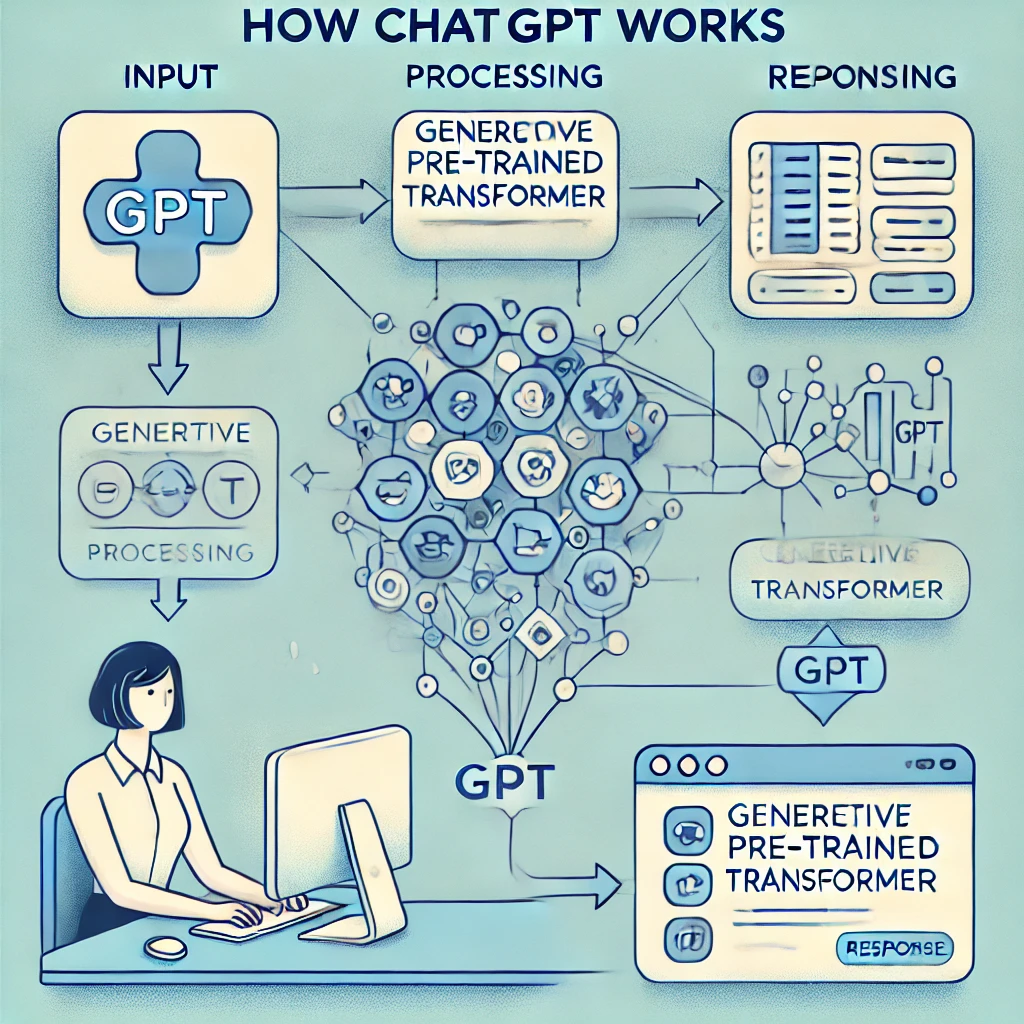
Here’s a simplified version of how it works:
- Input: You type a message or question into ChatGPT.
- Processing: The model uses its training to interpret your input, analyzing the words and their arrangement to understand what you’re asking or saying.
- Response Generation: Based on the input, ChatGPT predicts a series of words that form a coherent response. This response is then presented to you in a conversational format.
The “GPT” in ChatGPT stands for Generative Pretrained Transformer:
- Generative: The model can generate text, meaning it can create responses based on prompts.
- Pretrained: ChatGPT is trained on a vast dataset before it interacts with users, meaning it has already “learned” a lot about language and various topics.
- Transformer: This is a type of neural network architecture specifically good at understanding the relationships between words in a text, making it ideal for language-based tasks.
3. What Can ChatGPT Do?
ChatGPT has a wide range of applications, which makes it valuable for different users. Here are a few popular uses:
Answering Questions
ChatGPT can answer general knowledge questions, explain complex concepts, and help clarify ideas. Whether you’re curious about history, science, or just about anything else, it can provide information and engage in discussions.
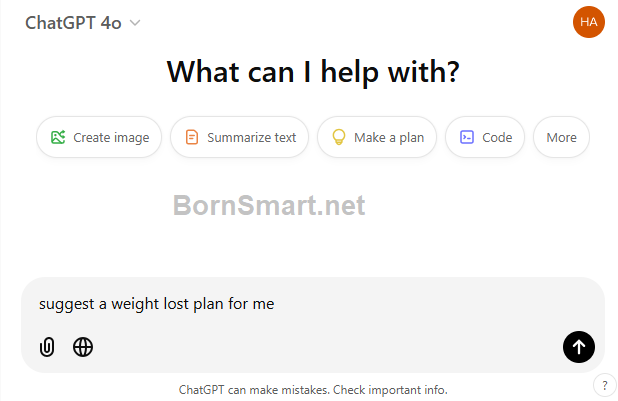
Writing Assistance
Need help with writing? ChatGPT can help generate ideas, outline essays, write reports, or even assist with creative writing tasks. For example, it can help draft emails, create social media posts, or even write stories.
Generating Images
ChatGPT can create custom images based on detailed user prompts. This feature allows users to visualize ideas, create illustrations, and enhance content for projects like presentations, social media, and more. Whether for personal or professional use, ChatGPT’s image generation offers a creative way to bring concepts to life.
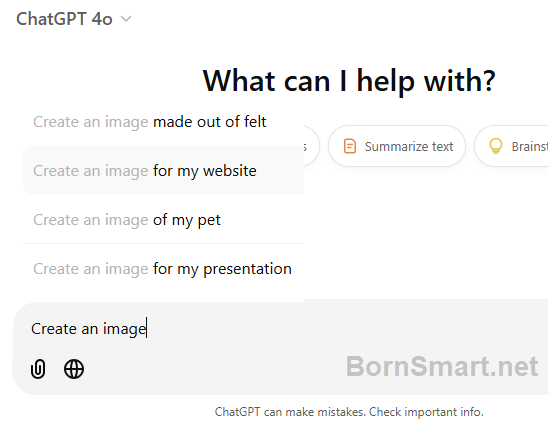
Language Learning and Practice
For language learners, ChatGPT can be a conversational partner that helps practice vocabulary and grammar. It can translate phrases, explain language rules, and even offer context for cultural expressions.
Code Assistance
ChatGPT can help programmers by explaining code, generating snippets, or debugging errors. It supports a wide variety of programming languages and can be a valuable resource for beginners and experienced developers alike.
Personal Assistance
ChatGPT can help with productivity tasks like setting reminders, making to-do lists, or even suggesting time management strategies. While it won’t replace a dedicated calendar or to-do app, it can offer general tips and organizational advice.
4. How to Use ChatGPT: Step-by-Step
For absolute beginners, here’s how to start using ChatGPT in a few easy steps:
Step 1: Accessing ChatGPT
ChatGPT is available through OpenAI’s website, where you can interact with it directly. Some apps and platforms may also integrate ChatGPT as part of their services.
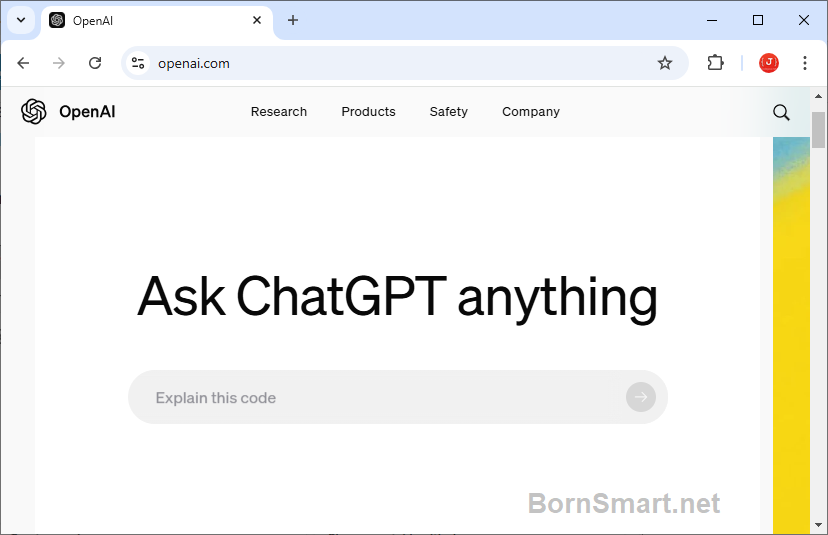
Step 2: Typing Your Input
Once you have access, start a conversation by typing a question, prompt, or command in the input box. You can ask something as simple as “What is the weather like?” or something more complex like “Explain the theory of relativity.”
Step 3: Reading and Interpreting Responses
ChatGPT will generate a response almost instantly. Sometimes it might respond accurately and helpfully, while other times it may need clarification. Feel free to ask follow-up questions or provide more context if needed.
Step 4: Experimenting with Commands
Experiment with different kinds of prompts. ChatGPT can tell jokes, write poems, summarize articles, and much more. The more you explore, the more you’ll understand its capabilities and limitations.
5. Limitations of ChatGPT
Despite its impressive capabilities, ChatGPT does have limitations:
Lack of Real-Time Knowledge: ChatGPT has a “knowledge cutoff,” meaning it doesn’t know about events or information that came after its last update. If you ask about recent events or trends, it may not provide accurate answers.
Potential for Inaccuracy: ChatGPT sometimes provides answers that sound plausible but may not be entirely accurate. Always double-check important information from reliable sources.No Personal Experience or Emotion: Although it can mimic conversational styles, ChatGPT doesn’t experience emotions or personal understanding. It generates responses based on patterns in language rather than personal insights.
6. Ethical and Privacy Considerations
As with any AI technology, there are ethical considerations when using ChatGPT. OpenAI is committed to ethical practices, but it’s important to remember a few points:
Privacy: ChatGPT does not have memory between interactions unless explicitly programmed to retain information. However, be cautious about sharing personal or sensitive information in conversations.Fairness and Bias: ChatGPT is trained on a large dataset from the internet, which may contain biases. While OpenAI works to mitigate these issues, some responses may reflect subtle biases inherent in the training data.
7. Tips for Getting the Most Out of ChatGPT
Here are a few tips to help you make the most of ChatGPT:
Be Clear and Specific: The more specific your input, the better ChatGPT can help. If you’re not getting the answer you want, try rephrasing or adding more detail.
Experiment with Different Prompts: Don’t be afraid to try different types of questions or commands. The more you experiment, the more you’ll discover how versatile ChatGPT can be.
Verify Information: For critical information or important questions, use ChatGPT as a starting point but verify details with a reliable source, especially if it’s related to health, finance, or other critical areas.
8. The Future of ChatGPT and Conversational AI
ChatGPT is just one example of how AI is becoming more accessible to everyday users. As AI technology continues to evolve, it will become an even more powerful tool, potentially helping with more complex tasks and deeper understanding. Future advancements might bring real-time knowledge, more nuanced conversations, and even better accuracy, making AI an integral part of our lives.
In Conclusion
ChatGPT is a remarkable tool that showcases the potential of AI in helping us communicate, learn, and solve problems. While it has limitations, its ease of use and wide range of applications make it an exciting resource for anyone interested in technology. Whether you’re seeking information, assistance, or just a friendly conversation, ChatGPT opens the door to a world of possibilities. So go ahead, ask ChatGPT a question, and explore what it can do—you might be surprised at the power of AI at your fingertips.
Leave a Reply